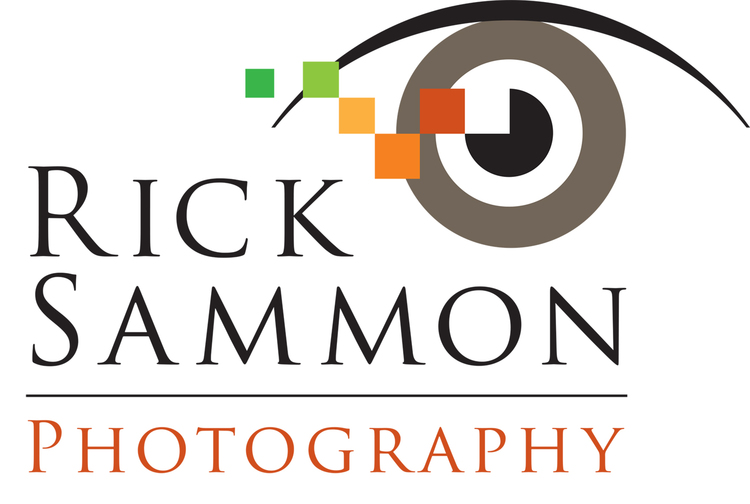| Photograph by Rick Sammon |
One, if you sharpen only the main subject (monkeys in this case), the viewer’s eye will go more toward the subject than if you sharpen the entire image area;
Two, and this is even more important, when you sharpen the dark and out-of-focus areas in a scene, as well as the main subject, you’ll increase the noise more so in those areas than in the sharp and brightly illuminated areas – because that is where noise is more visible.
Here is a quick lesson on selective sharpening in Photoshop, requested by one of my workshop students, Donnette Largay.
Open your image.
Go to Filter > Convert for Smart Filters.
Apply your sharpening (I use Unsharp Mask).
Once you apply your sharpening filter (or any filter for that matter), you see what looks like a familiar Layer Mask (just like in Adjustment Layers) in the Layers panel.
With black selected as your foreground color (bottom of the Tool Bar), click on the Layer Mask, select a soft brush and "paint out" the sharpening in the areas that you don't want sharpened (background in this case). The black brush marks tell you if you have successfully painted out the desired area. If you look closely, you'll see that my image required a bit more work.
See Donnette. It never hurts to ask :-)
Hey! If anyone else out there has a selective sharpening technique, please share it in the comments. You can add a link.
Explore the light,
Rick
P.S. This is a daylight fill-in flash shot, taken at the Bronx Zoo.
P.S. This is a daylight fill-in flash shot, taken at the Bronx Zoo.
